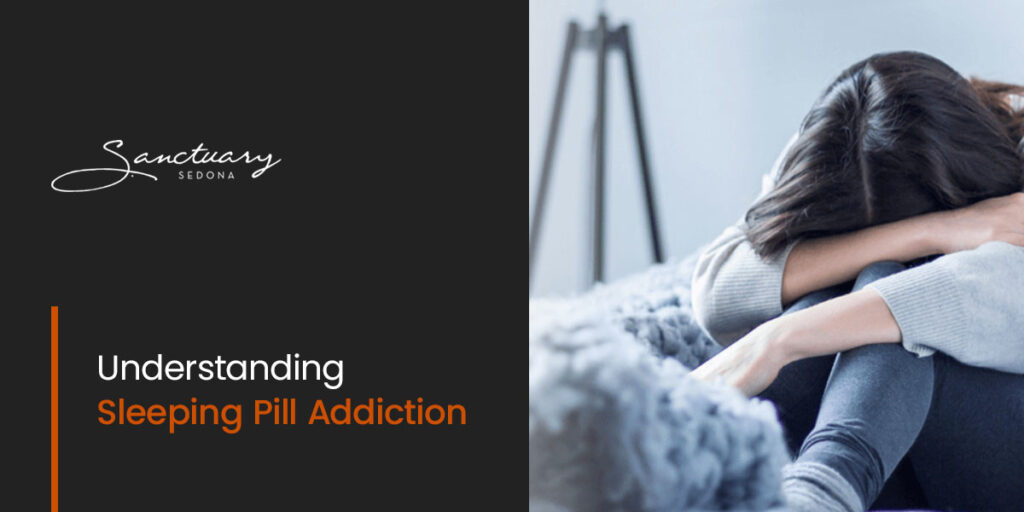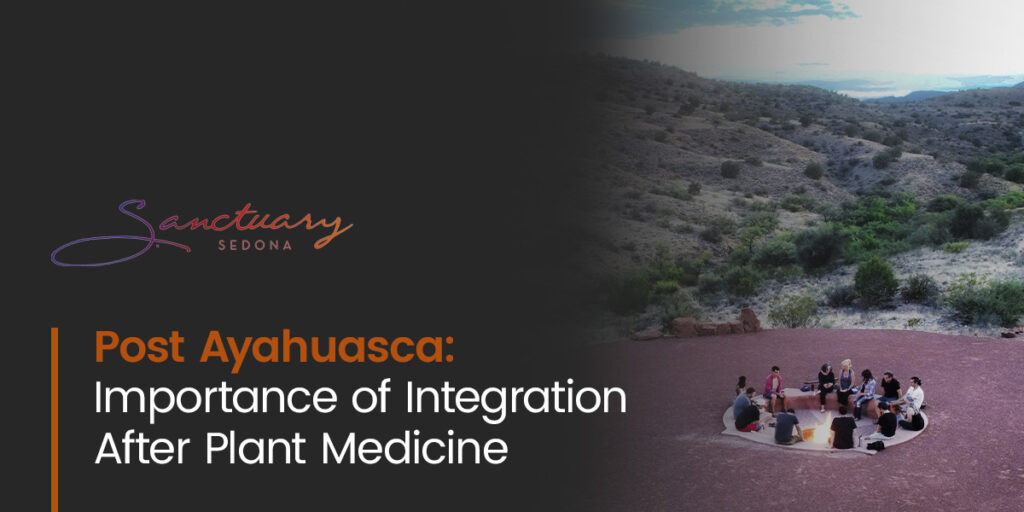Our holistic, non-12-step recovery programs for drug and alcohol addiction integrate evidence-based clinical treatment with ancient wisdom and healing modalities. This approach creates an environment where you can find healing for addiction as well as the underlying mental and emotional causes that lie hidden behind addictive behaviors.
The Importance of Non-12 Step Alternatives
We understand what it feels like to try again and again to “fix” what you feel might be “wrong with you” but keep running into the same wall. Repeatedly trying to treat addictions using similar approaches can start to feel like you’re just doing the same thing over and over — which, when you’re in a state of depression, only adds to the sense of hopelessness.
If you’ve tried everything you can but still find yourself in cycles of relapse, you may get the sense that something is missing, even if you’re not sure what, exactly, it is. You know that something else needs to be done — something truly different from what you already know is not working.
The good news is that there’s nothing wrong with you. What you’re going through is actually quite a common experience for those in 12-Step addiction treatment. Because we’re told that addiction is a chronically relapsing disease, we come to believe it, and our experience of it reflects that. But it doesn’t have to be this way.
The Sanctuary at Sedona is not your average rehab. When you first arrive at our non-12 Step treatment center, the first few days will be spent calming your nerves and clearing your body of whatever substances and toxins are in your system. You’ll ease into a simpler pace of life at our facility in the beautiful nature of Sedona.
And by the time you’re a couple of weeks into treatment, you’ll start to notice a change in perspective. You’ll gain a new outlook on life, on what got you to where you are and on what you’re truly capable of. We know from our experience of helping so many others attain full recovery that this is possible for you, too.
What Is the Non-12 Step Treatment Approach?
Alcoholics Anonymous (AA) began in the 1930s and laid a foundation that has been integrated into many addiction treatment programs across the country. While we have a deep respect for this model, which has helped so many overcome addictive behaviors, this approach has both inherent strengths and weaknesses.
Instead of relying on a model created nearly 100 years ago, modern-day addiction science tells us that so much more is possible than was previously believed. Your brain and your genetic expression are capable of dramatic change — and a non-12 Step program to recovery offers those struggling with addiction a different path to follow.
Our holistic treatment approach at The Sanctuary focuses on the whole person — body, mind, soul and spirit. We incorporate various therapeutic modalities based on what each individual needs. We do more than just treat symptoms. Instead, we seek to uncover the root cause lying behind addiction, such as past trauma, sexual abuse or mental health issues.



